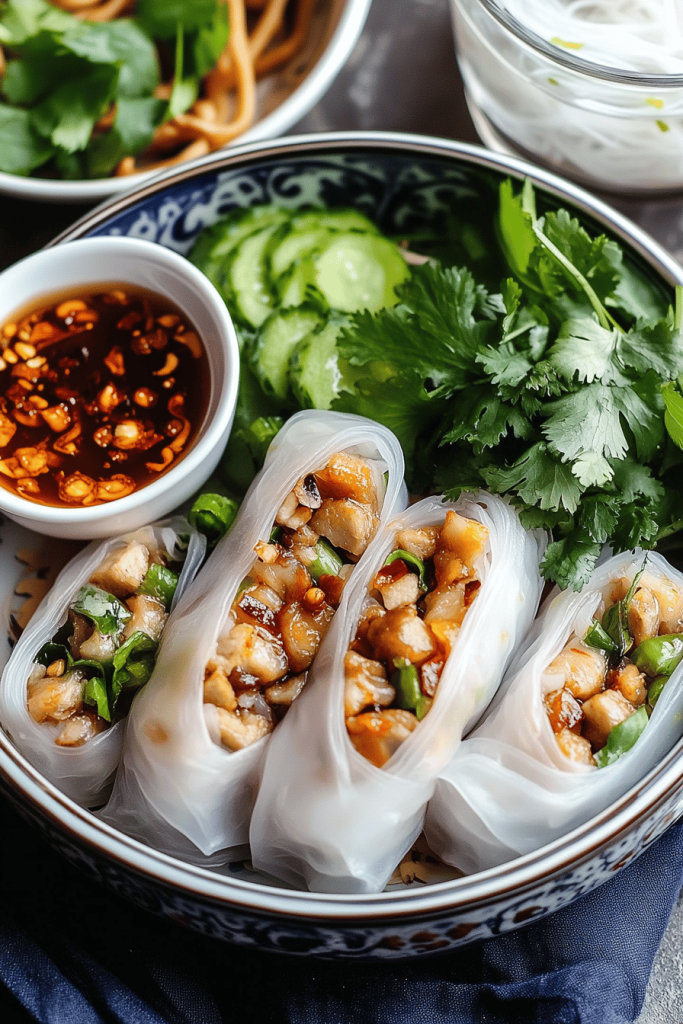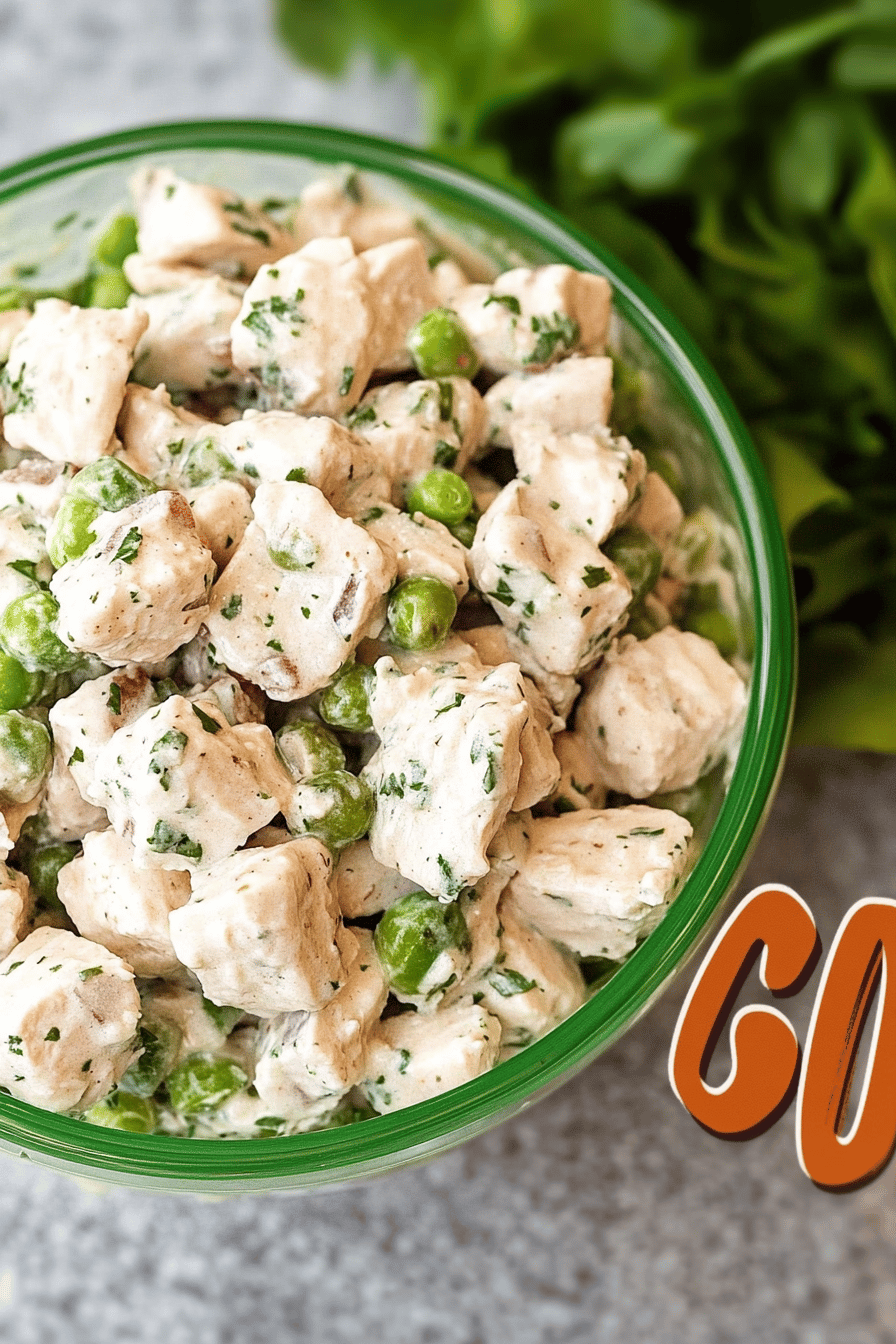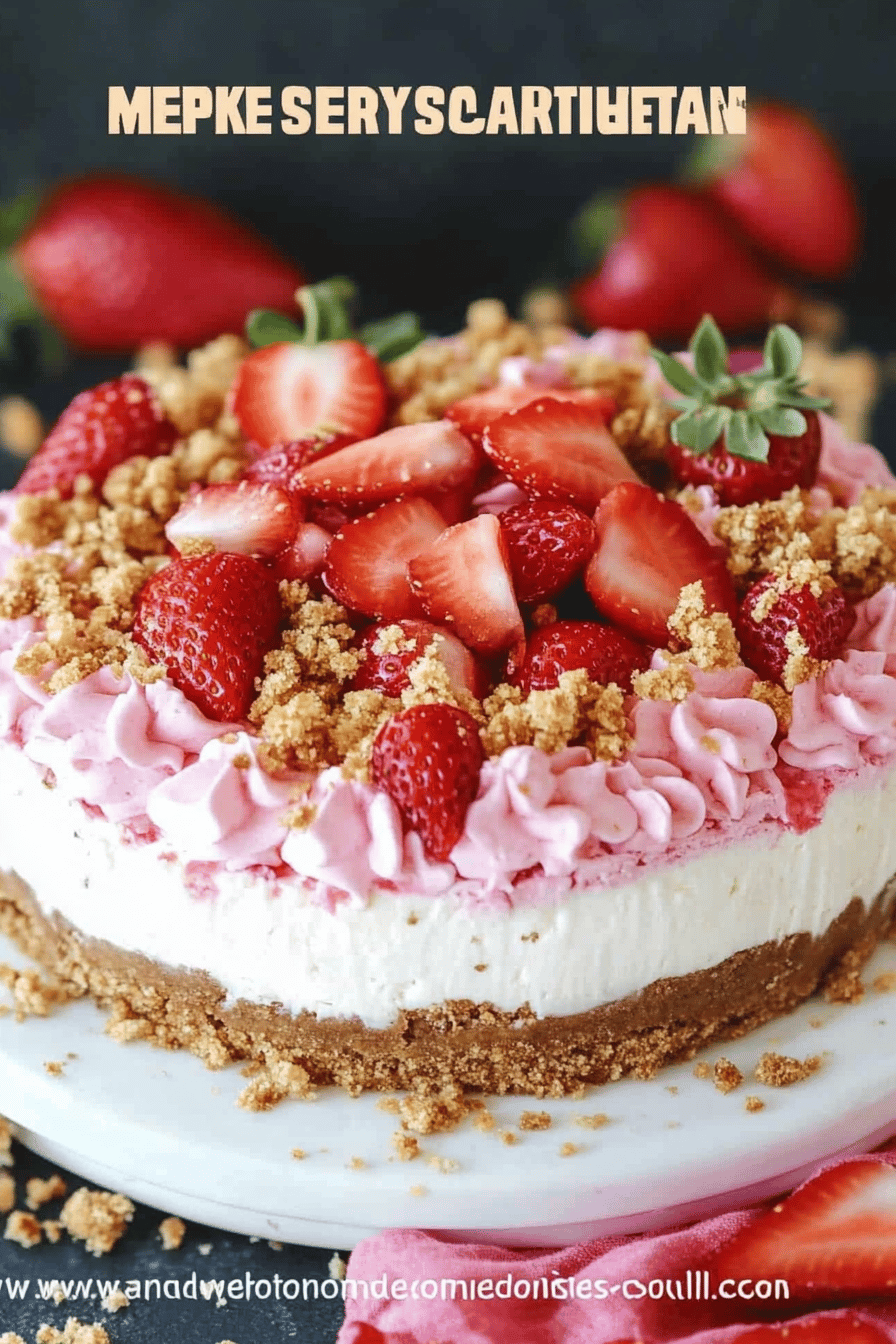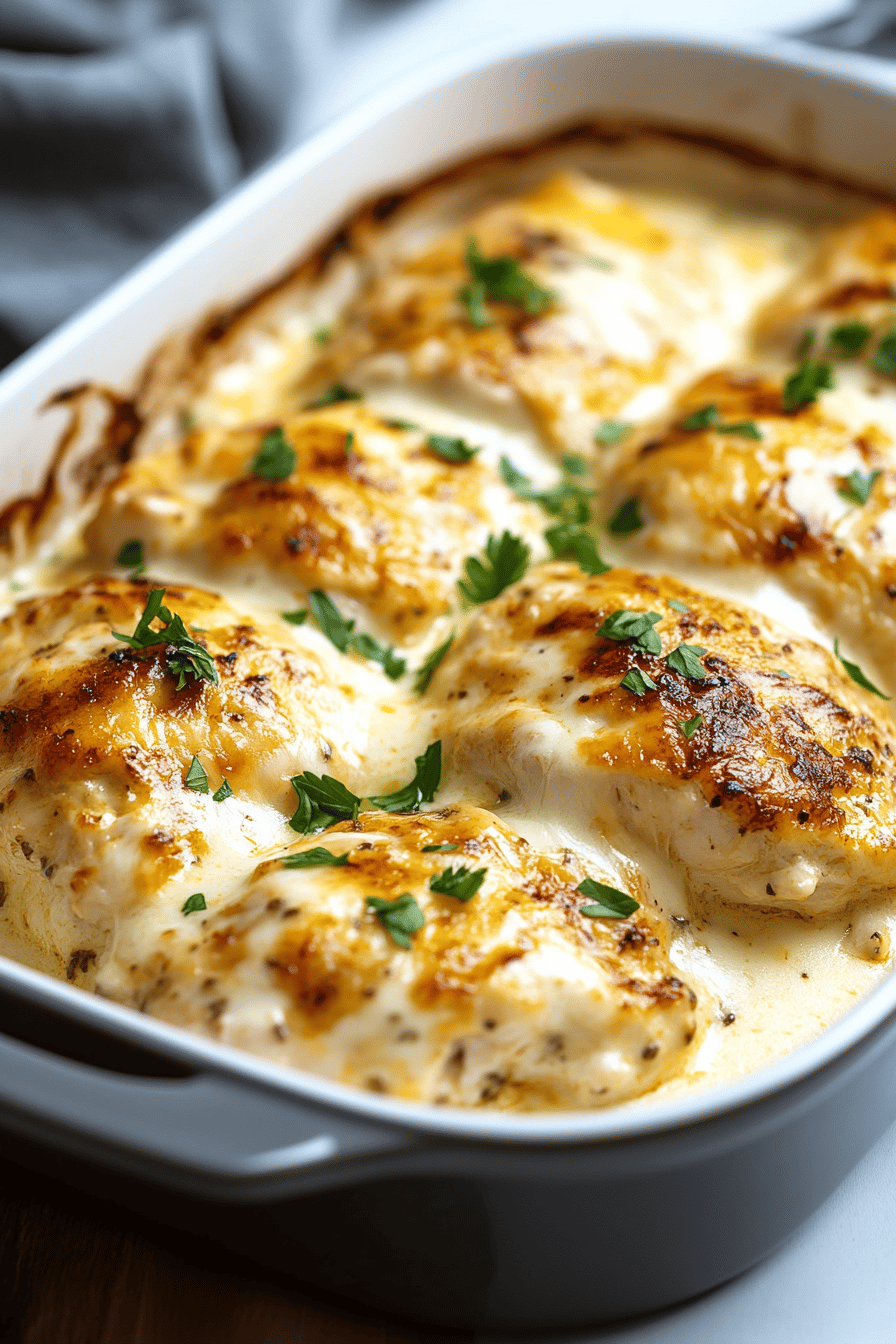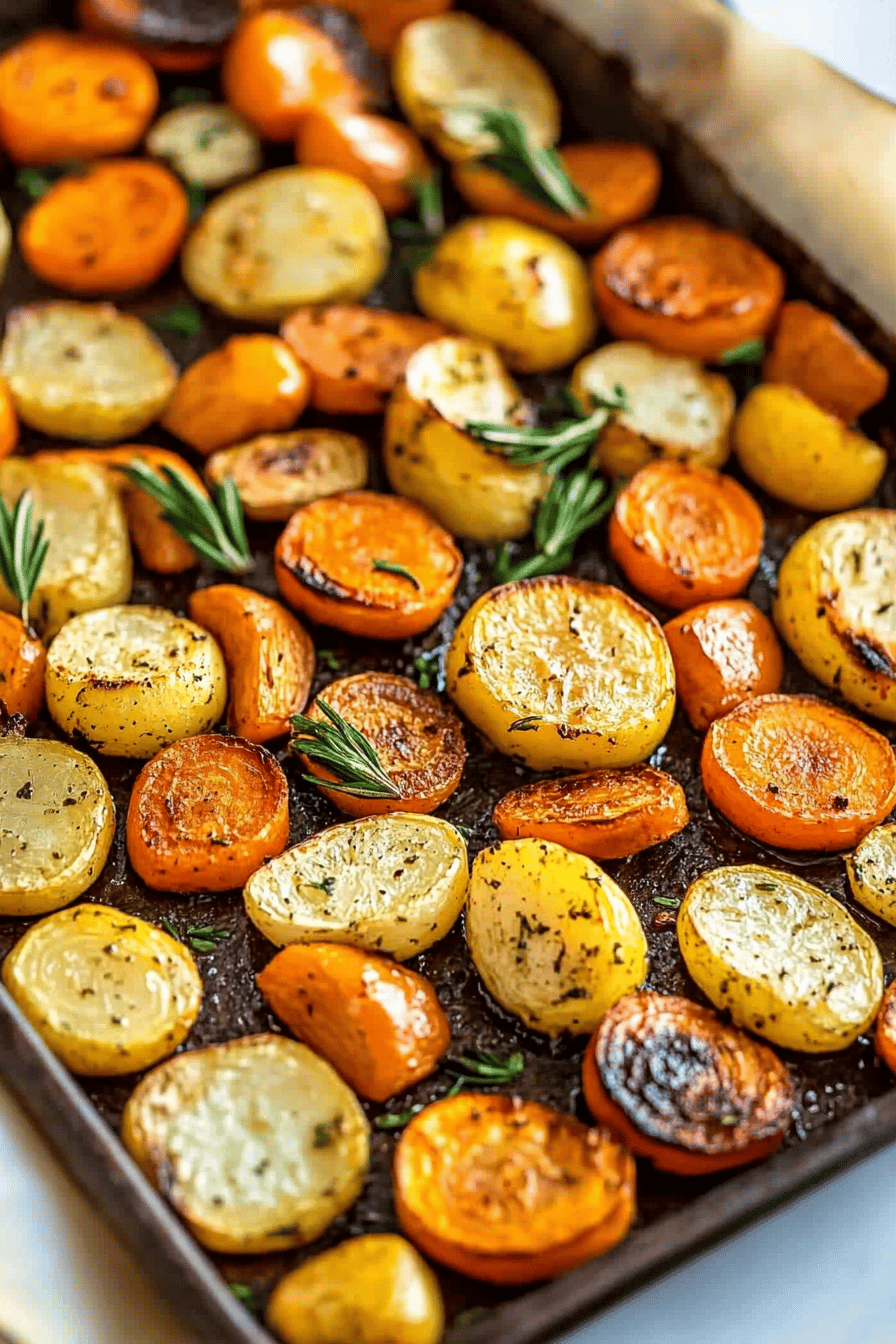Creating a unique culinary experience at home doesn’t have to be complex, and this guide to mastering Banh Cuon serves as the Perfect entry point for those looking to explore vibrant flavors with a touch of authenticity. This Vietnamese delight, renowned for its soft, savory rice noodles and aromatic fillings, is not only delicious but also surprisingly easy to prepare. Here, I’ll walk you through the process and share insightful tips to enhance your cooking journey.

Growing up, weekends at my grandmother’s house meant waking up to the comforting aroma of sizzling Banh Cuon. Watching her deftly create these delicate rice rolls with effortless precision was a cherished family tradition. Every fold seemed to hold tiny secrets of our cultural heritage, igniting a lifelong passion in me to preserve and share our culinary customs. Recreating her recipe today brings back warm memories and fills my home with familiar warmth and deliciousness.
Why You’ll Love This Recipe
Banh Cuon offers an extraordinary combination of textures and flavors that is sure to captivate your senses. This recipe is incredibly versatile, allowing plenty of room for creativity and adaptation based on personal preferences. The dish strikes a perfect balance between soft rice sheets, umami-rich fillings, and fresh accompaniments, making it an excellent addition to any meal.
- Simple Preparation – Although it may seem intricate, the steps to prepare Banh Cuon are straightforward, catering to beginners and seasoned cooks alike.
- Customizable Fillings – Whether you’re a meat lover or a vegetarian, the filling options are endless, letting you tailor the dish to suit your taste buds.
- Nutritiously Rich – Packed with proteins and fresh herbs, this dish is not only delicious but also a healthy choice for your culinary repertoire.
- Perfect for Any Occasion – Be it a casual dinner or a festive gathering, Banh Cuon is versatile enough To Make a statement at any dining table.
Ingredients Notes
For an authentic Banh Cuon, sourcing fresh and high-quality ingredients is key. The base of this dish is rice flour, which forms the silky, tender sheets. By combining it with tapioca flour, you achieve the desired elasticity and transparency. Ground pork is traditionally used for the filling, but feel free to experiment with minced chicken or tofu for a vegetarian version.
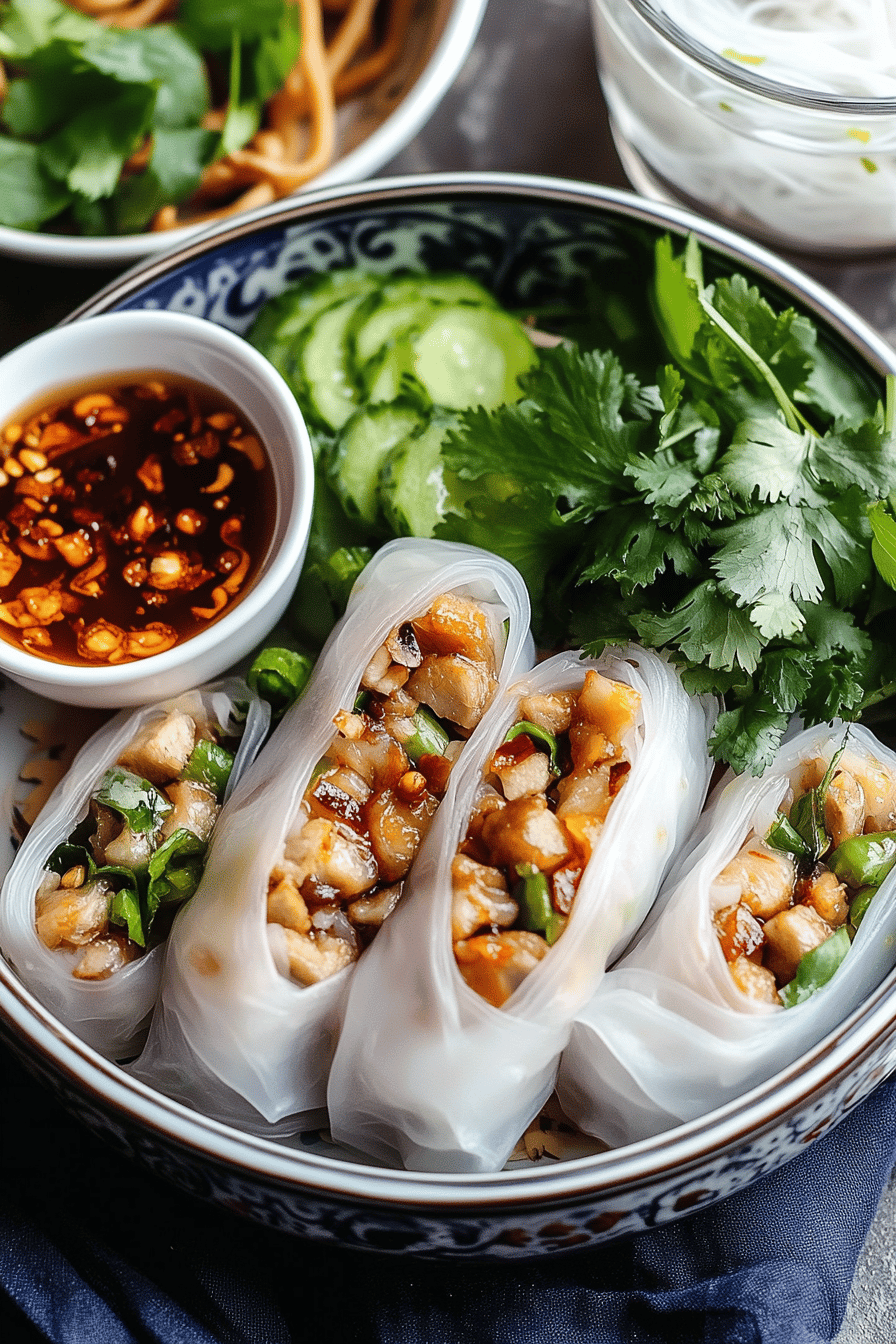
- Rice Flour – Opt for a high-quality Vietnamese rice flour for the best texture and flavor. You can find it in Asian grocery stores or online.
- Tapioca Flour – This ingredient gives the batter its essential stretchiness and can also be purchased at specialty stores.
- Ground Pork – The traditional choice for a rich, savory filling, but substitutes like ground chicken or tofu work wonderfully too.
- Shallots and Garlic – Use fresh aromatics to infuse the dish with classic Vietnamese fragrance.
- Fish Sauce – A staple in Vietnamese cuisine for its depth of flavor. Look for brands with minimal added preservatives.
Recipe Steps
Step 1
Prepare the Batter: In a mixing bowl, combine rice flour, tapioca flour, water, and a pinch of salt. Whisk until smooth, then let the batter rest for at least 30 minutes. This allows the flour to fully absorb the water, refining the final texture of your rice sheets.
Step 2
Cook the Filling: Heat oil in a pan over medium heat, and sauté diced shallots and minced garlic until fragrant. Add ground pork (or your preferred substitute), stir until it’s cooked through, then add fish sauce for seasoning. Garnish with fresh herbs and set aside.
Step 3
Steam the Rice Sheets: Use a non-stick skillet over medium-low heat. Pour a small ladle of batter onto the skillet, tilting to spread it thinly. Cover, steam for 1-2 minutes until the sheet becomes translucent. Transfer to a greased tray and repeat the process with the remaining batter.
Step 4
Fill and Roll: Place a spoonful of the prepared filling onto each rice sheet, gently fold over the sides, and roll into a neat cylinder, similar to a spring roll. Avoid excessive handling to maintain the delicate texture.
Step 5
Serve with Toppings: Arrange the rolls on a serving plate, garnish with fried shallots, fresh herbs, and a side of dipping sauce. Enjoy them warm for the best experience.
Storage Options
To enjoy leftover Banh Cuon, store them in an airtight container in the refrigerator for up to two days. When reheating, gently steam them to maintain softness without overcooking. If you wish to freeze them, it’s best to freeze the rice sheets separate from the filling for up to three months, then assemble before serving.
Variations & Substitutions
Banh Cuon is highly adaptable, allowing for numerous variations. For a vegetarian twist, swap the pork for mashed chickpeas or mushrooms. For a spicy kick, incorporate diced chili peppers into the filling. Additionally, you can experiment with different herbs such as cilantro or mint to intensify the flavor profile.
Serving Suggestions
This dish is perfect for brunch, lunch, or as a light dinner. Pair it with a refreshing cucumber salad to complement the savory, rich flavors. A fragrant jasmine tea served alongside heightens the sensory experience, rounding off a delightful meal.
Frequently Asked Questions
Can I make the rice sheets without a steamer? Absolutely! You can use a non-stick skillet with a lid as an alternative steamer. The key is to ensure even heat distribution and to slightly cover the batter while it cooks, achieving the same consistent results.
How do I ensure my rice sheets don’t tear? Tearing usually happens when the mixture is too thick or cooked unevenly. Make sure to evenly spread a thin layer of batter and use low heat. Let each sheet cool slightly before rolling to maintain its integrity.
Is it necessary to use fish sauce for the filling? While fish sauce brings an authentic Vietnamese taste, you can opt for soy sauce or tamari as a substitute. Be aware that this will slightly alter the flavor but still yield a delicious result.

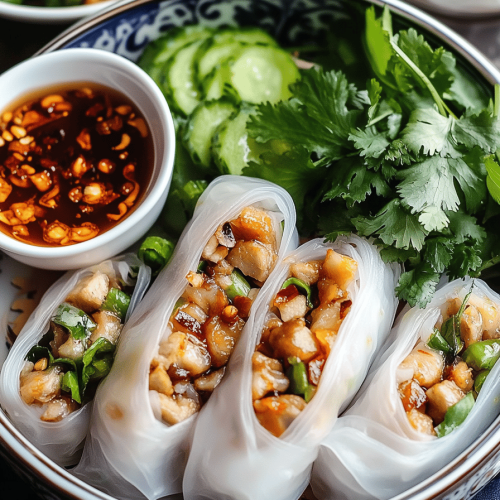
Banh Cuon Recipe
Ingredients
Main Ingredients
- 1.5 cups rice flour
- 0.5 cup tapioca flour
- 2 cups water lukewarm
- 1 pinch salt
Instructions
Preparation Steps
- In a mixing bowl, combine rice flour, tapioca flour, and salt.
- Gradually add lukewarm water to the flour mixture, stirring continuously to form a smooth batter.
- Heat a non-stick pan over medium heat and lightly grease with oil.
- Pour a thin layer of batter onto the pan and cover with a lid. Steam for 1-2 minutes until set.
- Carefully remove the thin rice sheet and repeat with remaining batter.


